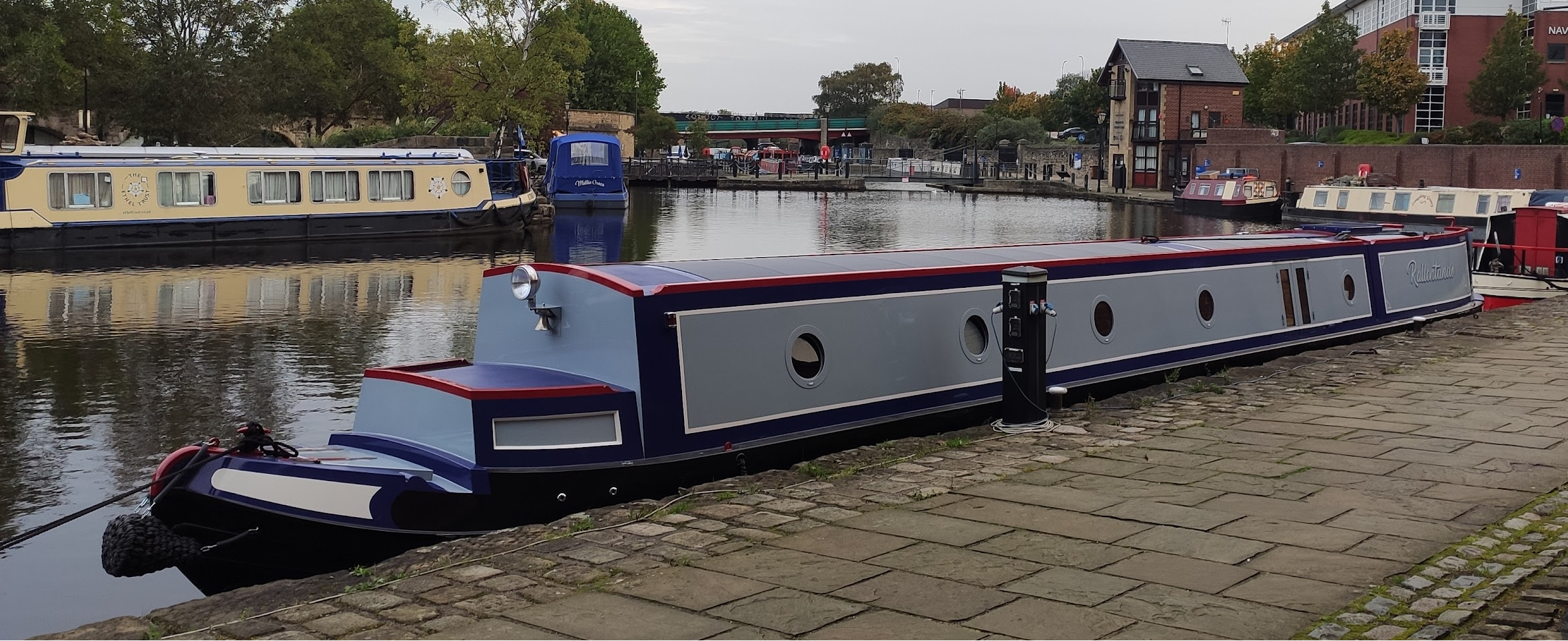Nobody is saying that cutting down rainforests to grow palm oil trees is a great idea, assuming this is indeed the source used for HVO.
But you always have to look at what the alternative is -- and if that's burning fossil fuel diesel, HVO palm oil is very likely a less bad solution when everything is taken into account.
(palm oil trees are green trees, just like rainforest trees, and do a similar job of carbon sequestration -- probably a better one given how fast they grow)
Of course truly renewable energy (wind, solar...) is a much better solution than HVO, but if you can't use this for propelling a boat (or whatever) that doesn't matter.
Again, it's a case of what's the least bad solution -- is it still better than any usable alternatives for this case? (baseload power generation when there's no wind or sun)
Transport costs -- money and CO2 emissions -- for moving stuff round the world on ships are quite small, IIRC this adds something like 10%-20% to the carbon budget for those woodchips. That still makes them far better than burning fossil fuel, if that's the alternative to providing baseload power (since people don't want nuclear power plants in their back yard).
It's all fine saying "palm oil and woodchips are terrible!", but that ignores the fact that the energy has to come from *somewhere*, and if that's not renewables then they're still better solutions than burning fossil fuels...




